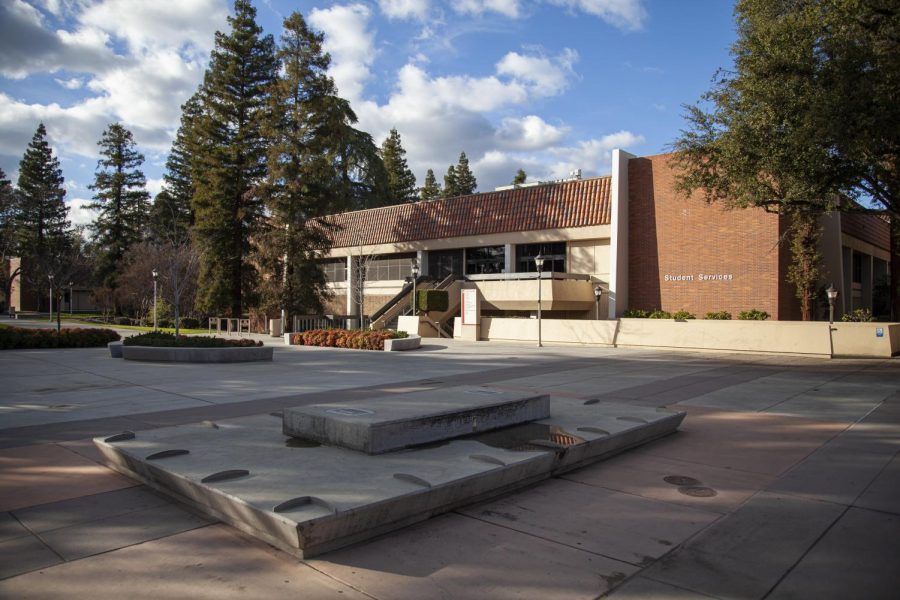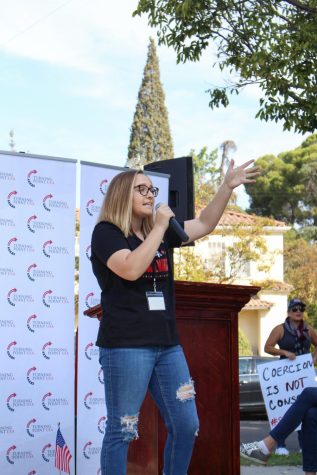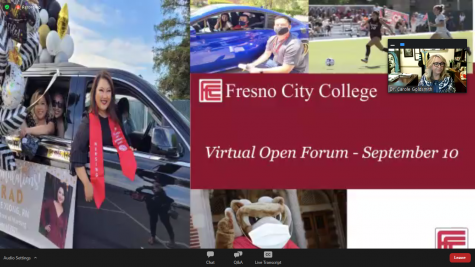Fresno City College Receives $26.7 Million from Higher Education Emergency Relief Fund, Distributed $5.6 Million to Students
Photo by: David Richards
Fresno City College received $26.7 million from Higher Education Emergency Relief Fund II which is part of the Coronavirus Response and Relief Supplemental Appropriations Act.
Of the total funds, $5.6 million was earmarked for students and has already been distributed according to Lataria Hall, Vice President of Student Services.
The funds for students were dispersed in a tier system, similar to one used when FCC received the Coronavirus Aid, Relief and Economic Security Act emergency grant in 2020.
The tier system rewards students based on their Expected Family Contribution which is information pulled from their Free Application for Federal Student Aid application.
This time around, approximately 18,000 students, including undocumented students and those who did not fill out a FAFSA application, received anywhere from $100 to $1,000.
The only students not eligible were student employees and Instructional Service Agreement students because FCC administration wanted to focus on students who needed it the most, according to Hall.
Chadrick Pickens, who is working towards a certificate of achievement in elder care human services, was surprised when he found out he would be receiving FCC’s emergency grant.
Pickens says he didn’t know about the grant until he received an email about it. Just days later, it arrived in the mail.
As a personal caregiver, Pickens is self-employed. He says the amount of money he received is a great help and already has plans on how he will spend his funds.
“It is going to be used specifically for living. I don’t see any other way to use it,” he said. “Just making sure my bills are paid and it’s taken care of to where I can make sure I’m not being kicked out of my house or without a phone or whatever else.”
By providing emergency grants and many other resources such as Ram Pantry, Pickens feels FCC has been quick to make sure students have been supported throughout the pandemic.
Although he believes a majority of the emergency grant should be given to students, he does hope funds are set aside for improving infrastructure and implementation of safety measures on campus since FCC officials plan to offer more in-person instruction and activities in the fall.
In addition, he hopes funds go towards providing professors with the opportunity to improve their distance teaching skills through workshops and training as well as paying professors for doing the training.
FCC administration decided to distribute some of the funds meant for the institution itself to students instead, according to Hall.
“We believe in putting our students first. Our consumer is the student and that’s who we are here to serve and if our students are not supported then what’s the point of us being on campus,” Hall said about the decision to give students more HEERF money than required.
The remaining funds, which is more than $20 million, will go towards covering other expenses that have occurred due to the pandemic.
This includes purchasing computers and Wi-Fi hotspots for faculty, cleaning supplies for campus custodians, personal protective equipment and more.
Administration is also planning to utilize the funds to get students back on campus, specifically those who have dropped out due to extenuating circumstances.
They are also looking for spaces currently enrolled students can use to study in a safe manner.
In addition to the HEERF II, FCC is set to receive $46 million from the American Rescue Plan and $23 million will be given out to students, according to Hall.
FCC has not received the money yet so it is unclear when or how it will be distributed to students.

Julie Chavez is a 21-year-old journalism major who is still trying to figure her life out.
She was born and raised in Southern California but moved...









